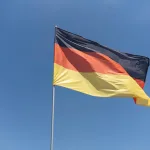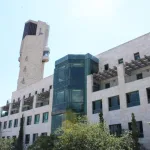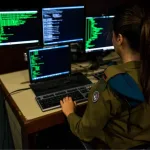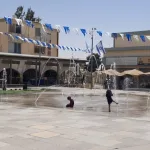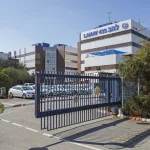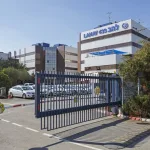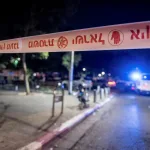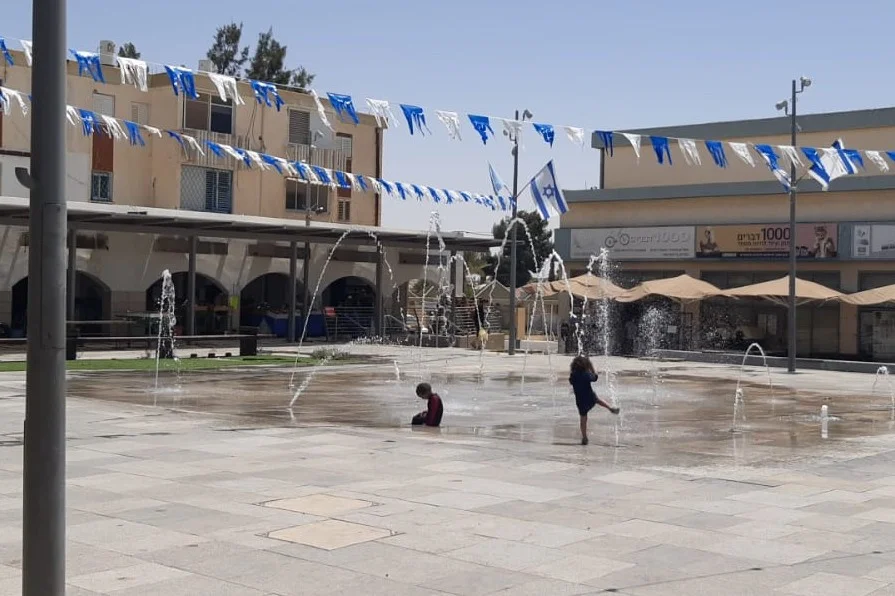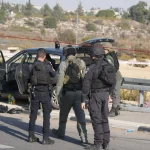Jerusalem, 27 July, 2025 (TPS-IL) — Israel’s military has announced daily tactical pauses in parts of the Gaza Strip to facilitate humanitarian aid, marking the first such arrangement in over a year of war. Beginning Sunday, the Israel Defense Forces (IDF) will halt military activity from 10 a.m. to 8 p.m. in areas where ground forces are not currently operating — specifically al-Mawasi, Deir al-Balah, and Gaza City. The pause, which will remain in effect “every day until further notice,” aims to support the delivery of food, medicine, and other essentials to Gaza’s civilian population.
“This decision was coordinated with the UN and international organizations following discussions regarding the matter,” the IDF said in a statement. It added that the move was carried out “in accordance with directives from the political echelon, and as part of the IDF’s ongoing effort, led by COGAT, to increase the scope of humanitarian aid entering the Gaza Strip.”
In addition to the ceasefire windows, the IDF announced the establishment of secure corridors from 6 a.m. to 11 p.m. to allow UN and aid organizations to move safely throughout the territory. “Secure routes will enable the safe passage of convoys delivering and distributing food and medicine,” the military said.
The announcement came after mounting international pressure and internal criticism over the failure to ensure effective aid distribution. In recent days, over 250 aid trucks were unloaded at border crossings, and approximately 600 trucks previously stuck inside Gaza were retrieved by the UN and aid groups. Egyptian media reported that new convoys began moving from Egypt toward the Strip, and Jordanian state media confirmed the dispatch of a 60-truck aid convoy headed for Gaza.
Still, the IDF made clear that combat operations would continue elsewhere. “The IDF will continue to support humanitarian efforts alongside ongoing maneuvering and offensive operations against terrorist organizations in the Gaza Strip, in order to protect Israeli civilians,” the military stated. Residents of Gaza were warned not to return to areas marked in red on military-distributed maps for their own safety.
The plan has drawn criticism from some members of Israel’s government, notably National Security Minister Itamar Ben-Gvir, who opposed the ceasefire. Nevertheless, President Isaac Herzog defended the measure, calling it “a moral, operational, political and informational imperative.”
“This is not a concession,” Herzog said. “This is a necessary part of the war effort, also in the international arena, for the sake of returning our kidnapped brothers and restoring security to the citizens of Israel. This is how we distinguish ourselves from those who rose up to destroy us.”
He added, “The responsibility for the situation of the residents of the Gaza Strip lies with the terrorist organization Hamas — it is the one who started the brutal massacre and it is the one who refuses proposals for a ceasefire and the release of the kidnapped from the hell of captivity.”
The Press Service of Israel reported in November that Hamas and criminal gangs associated with it hijacked 85% of all the trucks entering the Strip with food, water, medicine and other humanitarian items. TPS-IL learned that Hamas granted distribution lines to these groups to ensure that humanitarian aid exclusively reaches Hamas. In return, these gangs receive money, food and vouchers. Hamas also pays these gangs $10,000 a month to maintain checkpoints.
The Israeli government halted the entry of humanitarian aid in early March. According to the IDF, this move sharply curtailed Hamas’s revenue stream, with some gunmen and operatives not receiving salaries.
Hamas has been firing on Palestinians making their way to distribution centers, and residents of the Strip accuse the terror group of violence to deliberately disrupt the aid.
At least 1,180 people were killed, and 252 Israelis and foreigners were taken hostage in Hamas’s attacks on Israeli communities near the Gaza border on October 7. Of the 50 remaining hostages, around 30 are believed to be dead.




